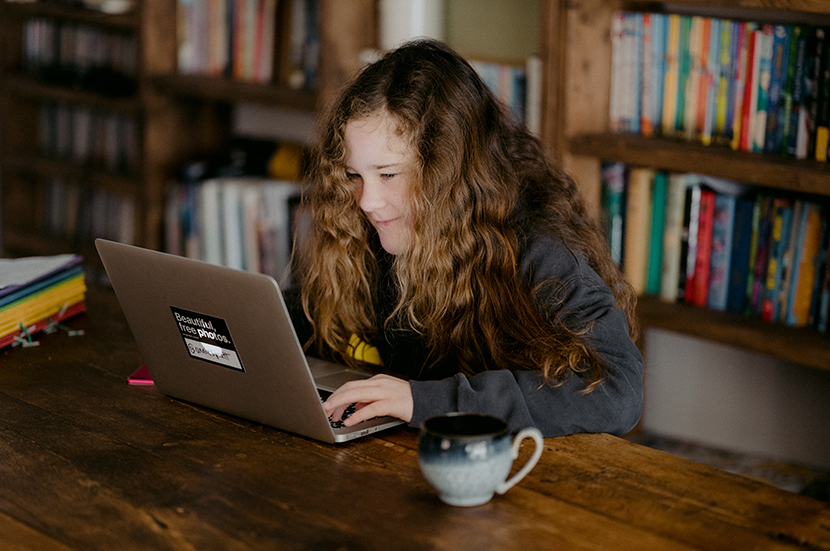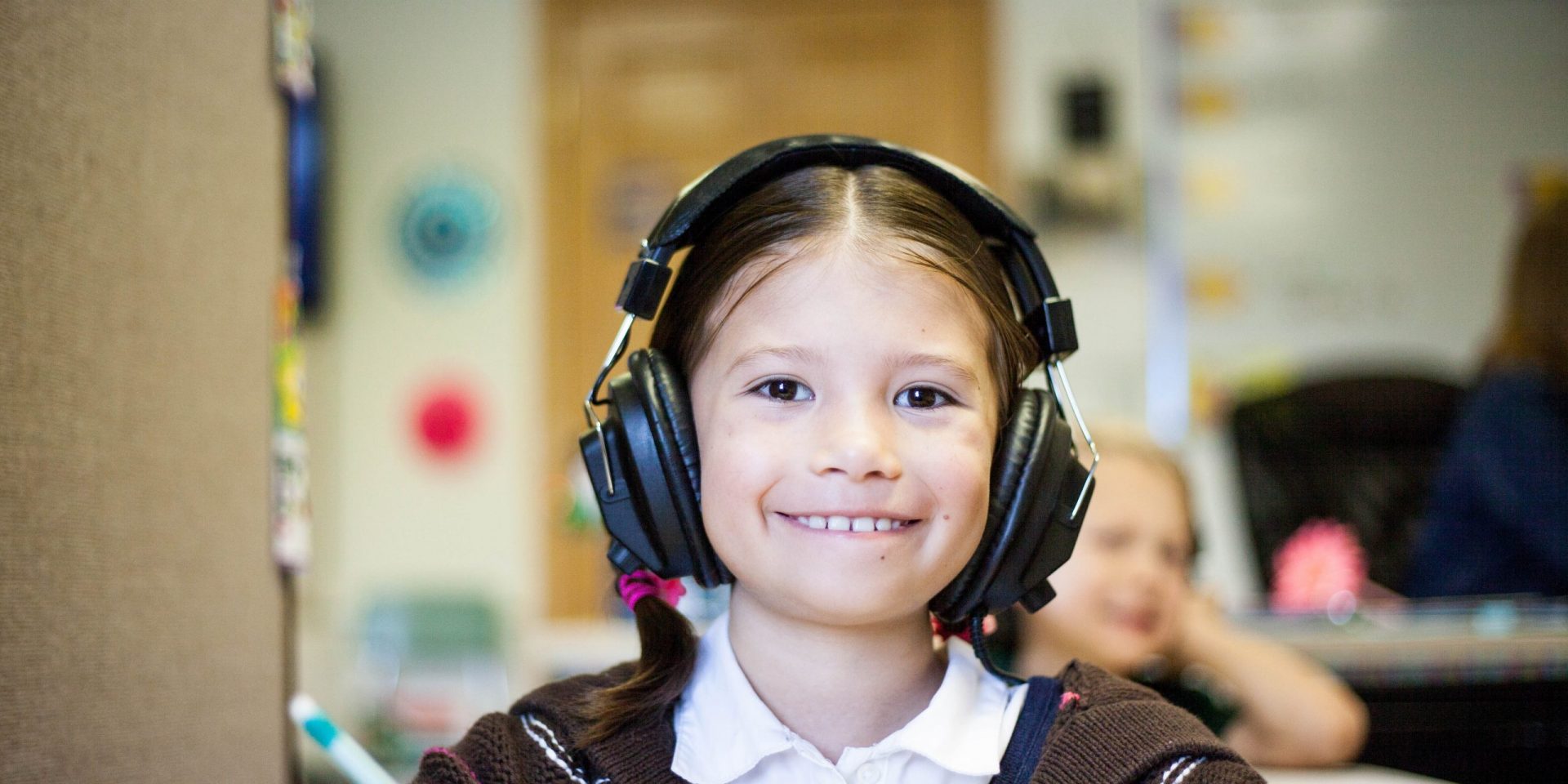For some parents, it may feel like the grand experiment in online learning that began in March never stopped. For others, schools reopened in person in August or September only to close back down a few weeks later. But does it ever get easier?
Here at FLS Tutors, we promise it does. Switching from one way of learning to another requires adjustment even during the best of times—and these are certainly not ideal circumstances. Below, we’ve listed some tips and tricks to help ease that transition.
1. Set up a physical space

If possible, set aside dedicated space for online learning. This can range from a guest bedroom or bonus space, a dedicated part of your child’s bedroom, or even some space at the dining room table. (After all, we’re not having dinner parties right now anyway, are we?)
An environment that encourages learning will help your student focus. Consider imitating the décor of a classroom— educational posters or drawings—and creating dedicated storage for writing utensils, textbooks, handouts, and school supplies. A wall calendar may also help students keep on track with assignments and Zoom classes. Younger students may benefit from a color-coded calendar. They can choose what subject corresponds to each color and have fun crossing items off once they finished! Finally, a clock, especially with an alarm to remind them of when to log into a synchronous class, may help students stay on track.
Finally, an environment conducive to learning comes not only from what it does contain, but also from what it does not. You know your student best—what’s most likely to distract them? Make a list and consider ways of limiting them during class time. Stuck with how to keep your student on Zoom rather than social media? Find out how to use the parental controls on an Internet browser to permit access to only certain websites here.
2. Set up a mental space

Think about a traditional school. Bells or a teacher instruct your student when to travel from one class to another or when to switch subjects. Lunch happens at roughly the same time each day, as does recess. In-class assignments are directly collected from the students and tests occur during class. Teachers notice and remind students to stay on track.
Wouldn’t it be great to have someone provide that level of oversight at home? Unfortunately, unless you’re part of a learning pod, that person is you. Neurologically speaking, schoolchildren of any age need structure and routine. The prefrontal cortex, the area of the brain that controls impulse control and decision making, isn’t fully formed until roughly the age of 25, so the self-regulatory skills that adults develop and use daily may simply not be accessible yet for your student.
Make a schedule for your student that builds off pre-existing structure that your student already understands and is comfortable with. Does your student attend live Zoom sessions? Schedule a brief movement break and then a “study hall” directly afterwards to take advantage of their scholarly momentum. A television show they’re dying to watch each day? Use it as incentive to work for an hour or so beforehand. Scheduling breaks during this process is also going to be important. Most students can only pay attention for approximately 2-5 minutes per year of age. A kindergartener may need a break every 8 minutes to half an hour, whereas a senior in high school can focus for upwards of an hour or hour and a half.
Another key point is to check that those assignments that your child so carefully completed get turned in! You’re the teacher now, so a quick check on their learning management system (many of them allow you to set up notifications) will allow you to see what assignments are still pending.
3. Cut yourself some slack

Parent, teacher, employee, health care and sanitation worker— feel like you’ve never worn so many hats? The past few months have been overwhelming for many individuals as the country adapts to a strange, new normal. Teachers are adapting to a new way of teaching; children are adjusting to a new way of learning, and parents have to support their children in new and different ways, sometimes doubling up on work and childcare duties.
Your child’s education may not be Pinterest perfect. Adjusting to a new style of learning is a process that may take weeks or months of tweaking. They may not learn as effectively as in school. Take a breath and cut yourself some slack. Keeping your child happy and healthy is an impressive feat in and of itself. For high school students worried about college and how grades or altered extracurriculars may affect your application process, colleges are already adapting and responding to the pandemic. (And, if you have a truly exceptional circumstance, this may be a good moment to address in your personal statement.)
Still need help?
Finally, you don’t have to be in this process alone. Consider reaching out to friends and families to brainstorm solutions, share childcare, or work together in other ways. You can also consider hiring a private tutor or teacher or joining a learning pod. FLS Tutors provides high-quality, personalized educational services for all students—reach and let us help you and your child thrive during this time.



